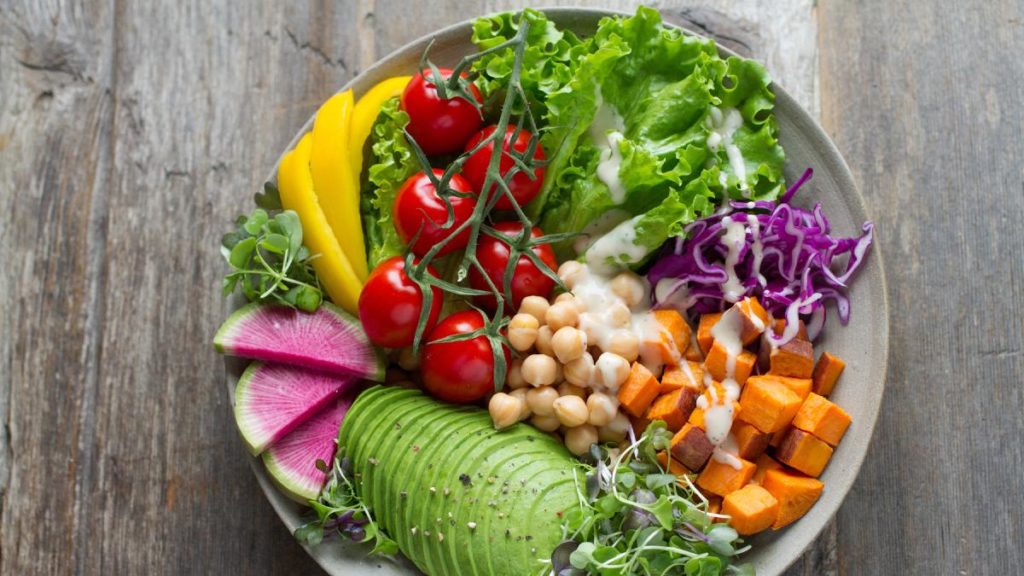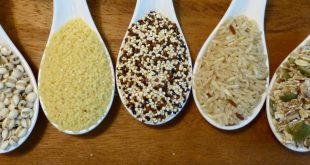Thanks to a variety of proven environmental and health benefits, more people are switching to plant-based diets. Surveys confirm that as much as one-third of American consumers are opting for plant-based foods. What’s more, a sturdy celebrity backing and countless social media campaigns render plant-based eating something of a notable trend, with reigning campaigns such as ‘meatless Monday’ was crowned the most prominent dining trend of the year 2018.

So if you have made the beneficial decision to switch to a plant-based diet, this guide to going green will ensure the transition is smooth and manageable.
Start Gradually
You don’t have to suddenly exclude meat products from your diet to start following a plant-based or vegan eating plan. Instead, it is best to introduce plant-based foods into your current eating plan gradually. You can do this by selecting only a few plant-based meals each week. When it comes to picking recipes, you could consider choosing a few of your favorite meals and replacing the meat products with plant-based alternatives such as soy products, versatile tofu, and others. Some soy is not produced sustainably so it is best to support environmentally conscious soy production by evaluating products. Slowly starting a plant-based diet will allow your body to adjust to your new way of eating.
Lessen Your Consumption Of Meats And Processed Foods
While you are gradually introducing plant-based foods into your eating plan, you should also prioritize reducing meats and processed foods. While you won’t have to go cold turkey and avoid meats and processed foods altogether, gradually reducing your intake is a critical step when transitioning.
Switch Your Morning Meals
Once you have been enjoying a few vegan meals each week, you should swap your regular morning meals for plant-based alternatives. Breakfast and dessert recipes are often the simplest and easiest to create when eating vegan, as fruit salad, smoothie bowls, pancakes, breakfast muffins, and even waffles can all be plant-based morning meals. As soon as you feel that you are ready to take on the next step of your transition, you can introduce plant-based meals for dinner on alternating nights and eventually every night. Your evening meal should be the last adjustment of your journey towards following a plant-based eating plan.
Be Conscious Of Your Protein Intake
It is crucial for anyone following a plant-based diet to be conscious of their protein intake. Because meat would contain most of your daily protein requirements, switching to a plant-based eating plan means that your protein intake will decline dramatically. However, by watching what you eat and opting for vegan-friendly foods that are high in protein, such as soy, nuts, beans, and others, your body won’t miss the protein from meat one bit.
Understand Your Food
Some cringe at the thought of eating vegan as some assume that plant-based foods are probably bland. However, knowing your food choices will help you understand how to make it taste great. You don’t have to live on garden salads to follow a plant-based diet, and there is no reason why you can’t flavor and spice your meals the way you usually would.
 World inside pictures Collect and share the best ideas that make our life easier
World inside pictures Collect and share the best ideas that make our life easier








